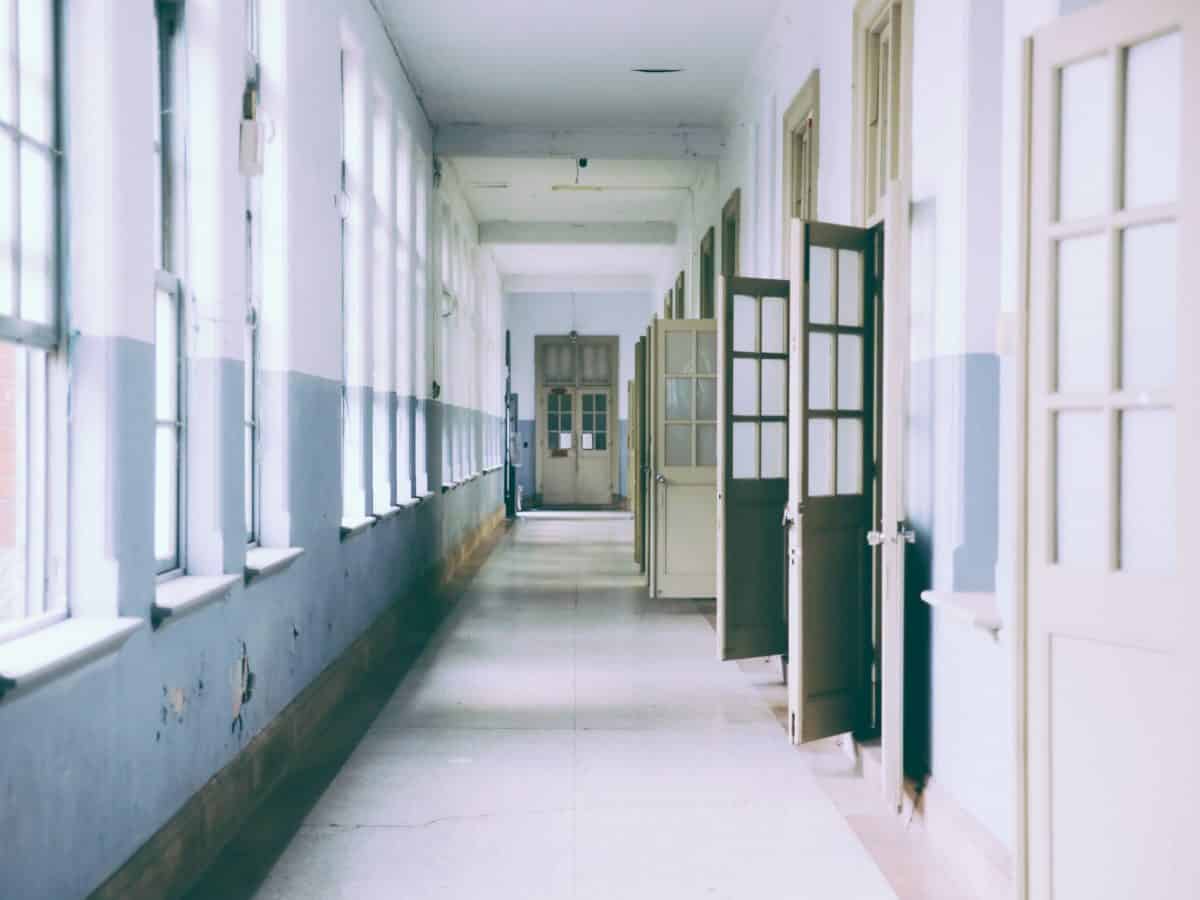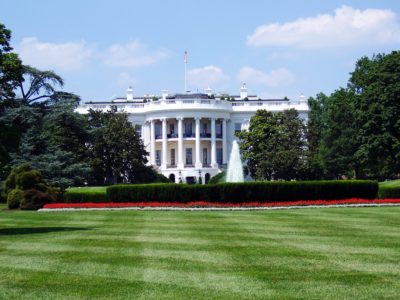
Whenever North Carolina K-12 students return to in-school learning, they will enter the same collection of classrooms, libraries, gyms, auditoriums, restrooms, and cafeterias they departed in mid-March. The COVID-19 pandemic will not have changed this reality: By the state’s own calculations, North Carolina public schools need $8 billion in new buildings, additions, equipment, and renovations.
Since the most recent five-year facility needs survey was issued in April 2016, the General Assembly has not agreed on a means to upgrade and modernize the built-environment for its 1.5 million students. Even as they now face a severe budgetary predicament, a moment is at hand for the state’s leaders to look beyond the pandemic and seize an opportunity for a substantial bond issue to strengthen the future for its educators and their students.
Earlier this week, the Insider State Government News Service reported that Republican House Speaker Tim Moore had signaled an openness to a bond issue this year for transportation and education. The Insider also noted that state Rep. Wesley Harris, a Mecklenburg Democrat, has introduced a bill for a $3.9 billion infrastructure bond package that would include funds for public schools and higher education.
The Harris bill parallels a proposal a year ago by Democratic Gov. Roy Cooper. His plan called for a $3.9 billion bond package — $2 billion for K-12 schools, $500 million for higher education, and $900 million for other infrastructure.
Subsequently, the Republican-majority House approved a $1.9 billion bond proposal that would have provided $1.5 billion for public schools and $400 million to universities and community colleges. But the Republican-majority Senate went in a different direction on the rationale that a bond issue, which requires voter approval, would not produce funding soon enough.
Senate Republicans voted for a pay-as-you-go method to increase the portion of annual general revenues directed to the capital infrastructure fund. In the negotiations to reconcile House and Senate budgets, pay-as-you-go prevailed. The governor vetoed the budget bill. All of the proposals fell short of $8 billion; still, addressing school facility needs remained unresolved.
Related reading



While school buildings haven’t changed since March, the public health and economic crises have altered the decision-making context. The surge in joblessness and the drop in interest rates offer compelling rationales for the legislature to adopt a bond package for voters to approve on the general election ballot.
In an effort to add stimulus to the distressed national economy, the Federal Reserve has dropped its benchmark interest rate to near zero. With its triple-A credit rating, North Carolina could issue bonds, thus borrow money to spend for several years of facility improvements, with interest rates in the 1% to 2% range.
A steady stream of school construction funding would also help prop up the job market in the state during the recovery from the pandemic-induced recession. Drawing on national data, Dave Simpson, president of Carolinas Associated General Contractors, says that “$1 billion spent on construction creates or sustains 28,000 jobs,’’ in direct construction work and through the supply chain.
Perhaps the governor and lawmakers can apply a portion of the state’s $3 billion or so in rainy-day and other unspent revenue, as well as some federal assistance, to immediate school improvement projects. But it’s more likely that filling budget gaps will consume much of the one-time money available.
There is time to put together a far-sighted bond package before the State Board of Election’s Sept. 4 ballot deadline. There is time to contemplate the school needs as calculated four years ago and to add in the classroom space required to expand pre-K and reduce the K-3 classes to fewer than 20 students. There is time to respond to a crisis-offered opportunity to act with boldness and vision.
Recommended reading



